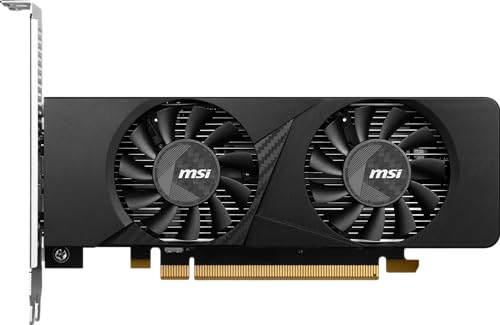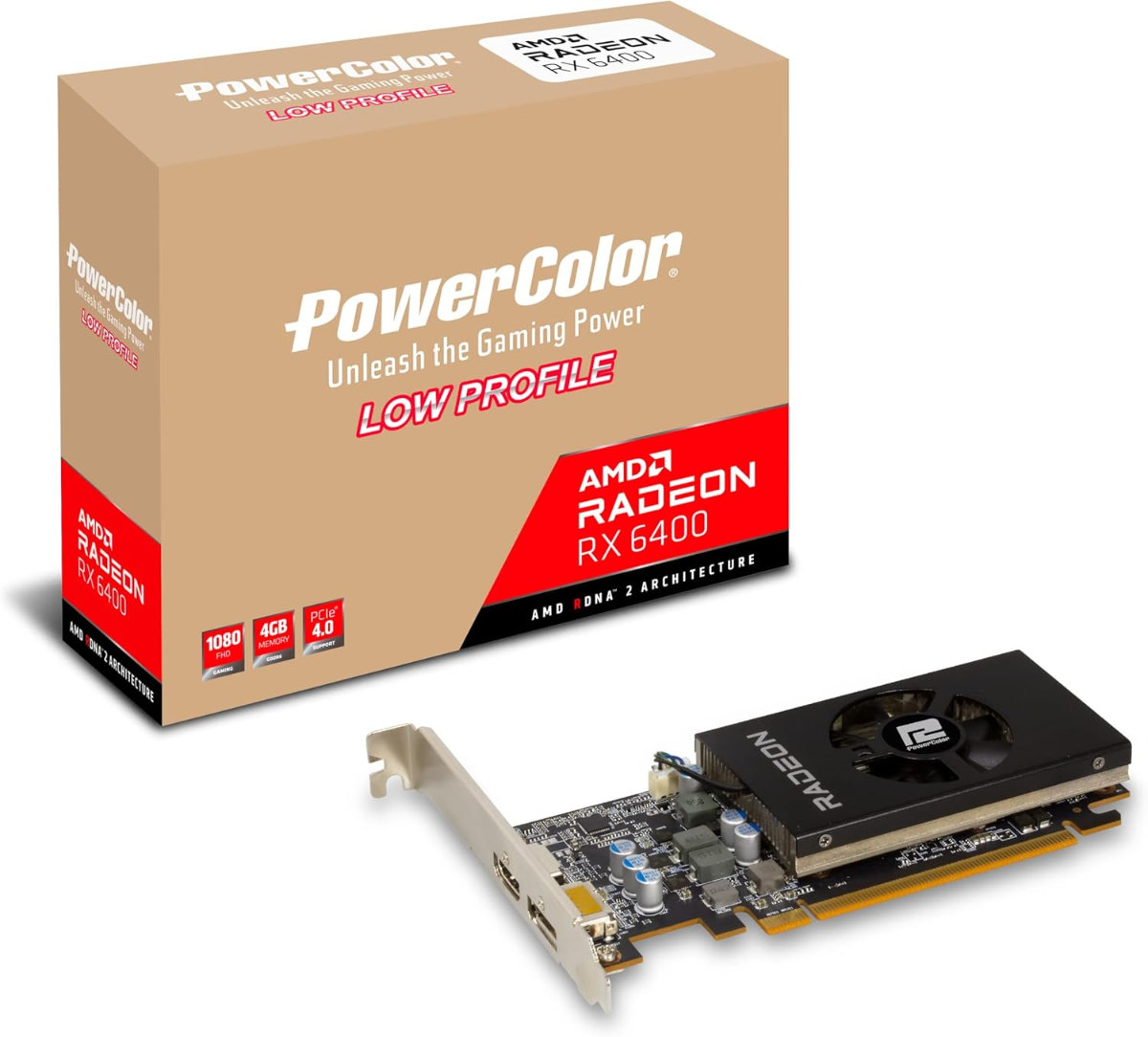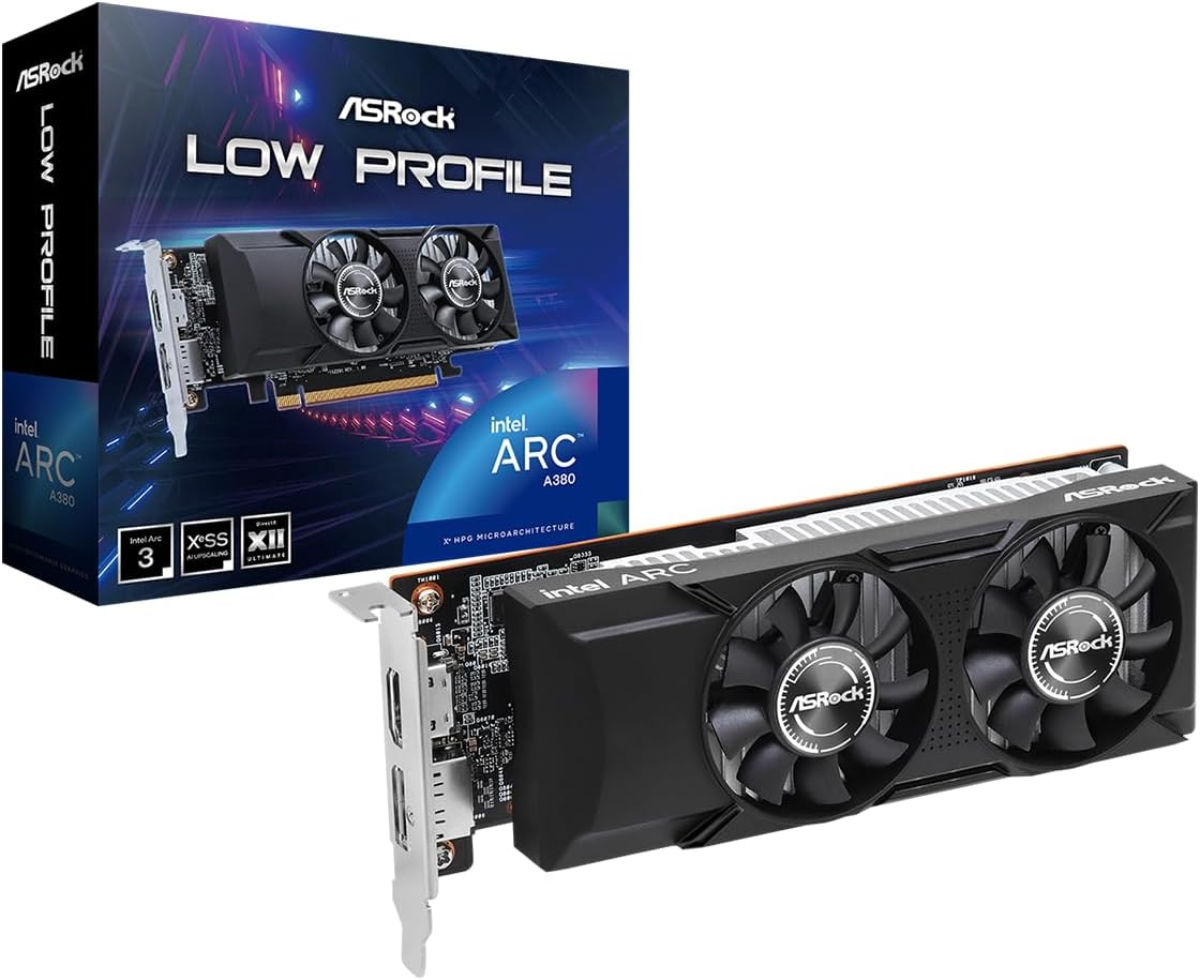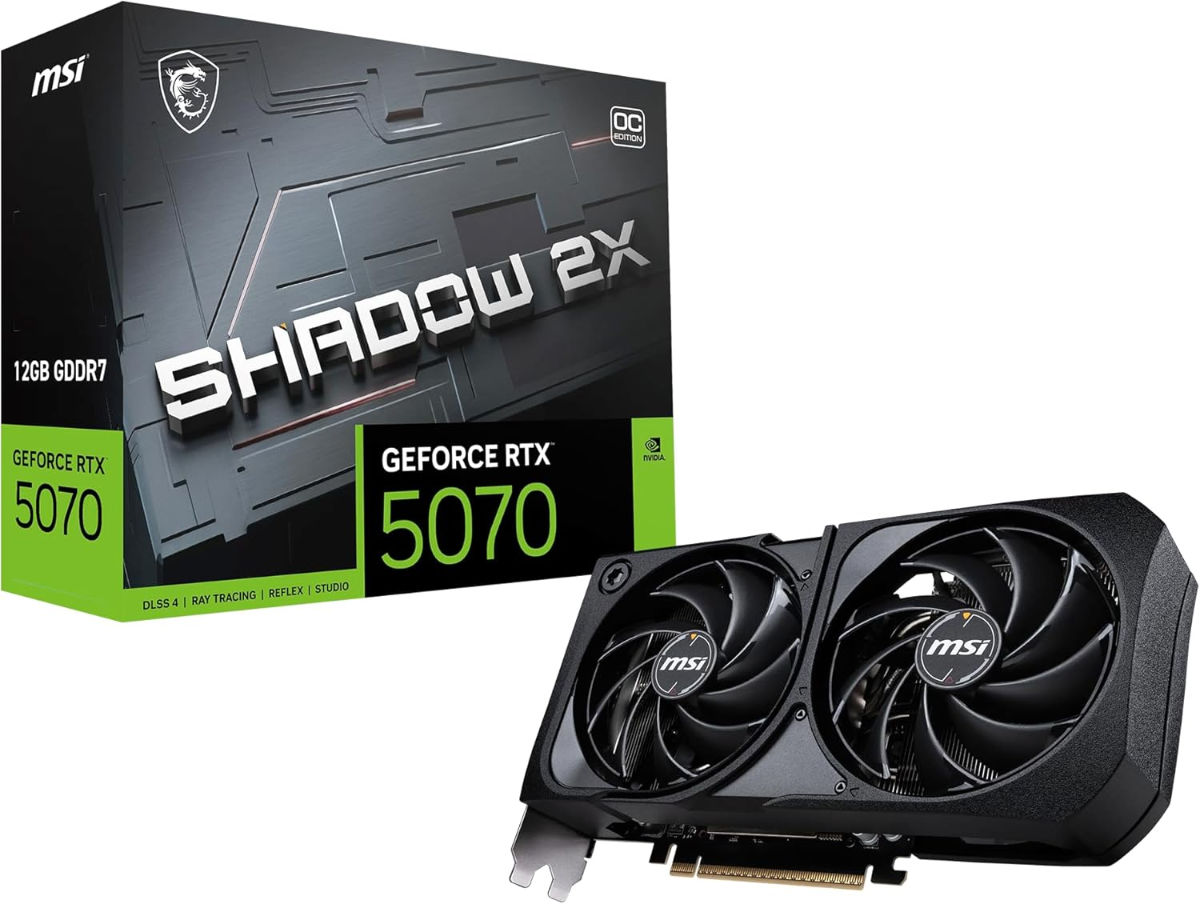Best low profile GPUs in 2025 – our top picks
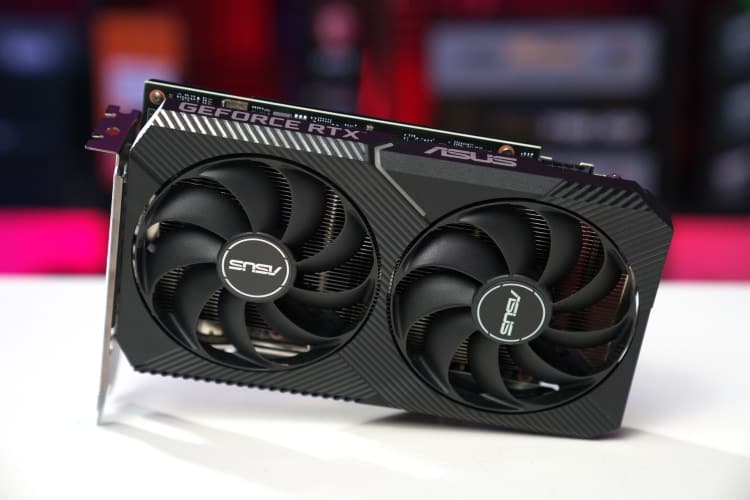
Table of Contents
If you have a compact PC setup, getting a small, low profile GPU makes a lot of sense. These versatile LP GPUs are smaller than the standard full-height graphics cards and can fit into pretty much any PC case. They're a great space-saving alternative if you want to cram loads of other excellent components into your setup.
While low profile graphics cards aren't as powerful or high-end as the more traditional graphics cards, they're still able to pack a punch in terms of power. Being smaller, quieter, and producing less heat than their full-height counterparts, if you’re building a compact PC, a low profile GPU is all you need.
Prime Day is finally here! Find all the biggest tech and PC deals below.
- Sapphire 11348-03-20G Pulse AMD Radeon™ RX 9070 XT Was $779 Now $739
- AMD Ryzen 7 7800X3D 8-Core, 16-Thread Desktop Processor Was $449 Now $341
- ASUS RTX™ 5060 OC Edition Graphics Card Was $379 Now $339
- LG 77-Inch Class OLED evo AI 4K C5 Series Smart TV Was $3,696 Now $2,796
- Intel® Core™ i7-14700K New Gaming Desktop Was $320.99 Now $274
- Lexar 2TB NM1090 w/HeatSink SSD PCIe Gen5x4 NVMe M.2 Was $281.97 Now $214.98
- Apple Watch Series 10 GPS + Cellular 42mm case Smartwatch Was $499.99 Now $379.99
- ASUS ROG Strix G16 (2025) 16" FHD, RTX 5060 gaming laptop Was $1,499.99 Now $1,274.99
- Apple iPad mini (A17 Pro): Apple Intelligence Was $499.99 Now $379.99
*Prices and savings subject to change. Click through to get the current prices.
Plenty more new graphics cards are being released these days, including the latest RTX 50 series and RTX 9070s from Nvidia and AMD. However, the high TBP on them as the first to release are the top-end cards, which means a low profile card is not to be found for them. All we get are some more compact ITX cards instead while we wait for a potential lower-end option that might come down the line.
With that in mind, we have to look at the lower end and more from the previous generations to get the right card for the job. So, we do include a few more recent options with a full height instead, so you have the option for a bit more capability.
Products at a glance
-
Best low profile GPU
Asus GeForce RTX 4060 LP BRK OC
- CUDA Cores: 3072
- VRAM: 8GB GDDR6
- Memory bus: 128-bit
- Base clock speed: 2460 MHz
- Boost clock speed: 2520 MHz
-
Best dual-fan low profile GPU
MSI Gaming RTX 3050 LP 6G OC Graphics Card
- CUDA Cores: 2,304
- VRAM: 6GB GDDR6
- Memory Bus: 96-bit
- Base clock speed: 1,042 MHz
- Boost clock speed: 1,492 MHz
-
Best low profile AMD GPU
PowerColor AMD Radeon RX 6400 Low Profile
- Streaming processors: 768
- VRAM: 4GB GDDR6
- Memory bus: 64 bit
- Base clock speed: 1,923 MHz
- Game/Boost clock speed: 2,039/2,321 MHz
-
ASRock Intel Arc A380 Low Profile
- Shading units: 1,024
- VRAM: 6GB GDDR6
- Memory bus: 96 bit
- Base clock speed: 2,000MHz
- Boost clock speed: 2,050MHz
-
MSI Gaming RTX 5070 12G Shadow 2X OC
- CUDA Cores: 6,144
- VRAM: 12GB GDDR7
- Memory bus: 192-bit
- Base clock speed: 2,325MHz
- Boost clock speed: 2,542MHz
How we selected the best low profile GPUs
Choosing a low profile graphics card for your compact PC requires careful consideration. At PC Guide, we’ve got you covered. We leverage our expertise in PC building and graphics cards, along with in-house reviews (including GPU reviews), to recommend the best low profile options for your needs.
Since low profile cases often have limited airflow, we prioritized cards with low power consumption to avoid overheating. We also look for GPUs with efficient cooling systems that keep things quiet and under control. While low profile cards might not match the raw power of full-size models, many offer enough muscle for casual gaming and creative work. We find the sweet spot between performance and size to ensure a smooth experience.
For those not constrained by size, it might be worth checking out our picks of the best GPUs overall or even the best budget graphics cards.

- CUDA Cores: 3072
- VRAM: 8GB GDDR6
- Memory bus: 128-bit
- Base clock speed: 2460 MHz
- Boost clock speed: 2520 MHz
- High performance in a compact size
- Supports advanced DLSS 3.0 technology
- Efficient power consumption
- Pricier than other low profile options
- Limited to 8GB of memory
- No RGB lighting for those who prefer it
Now, we have reviewed the Asus ROG Strix variant of the RTX 4060, and we can vouch for its performance. The LP variant here is from the same range, so you can expect similar performance and build quality.
Compared to the ROG Strix, this LP card is small – the dimensions look like 7.4 x 2.72 x 1.53 inches. Plus, it weighs 11.2 ounces, which is lighter than standard GPUs that can weigh around 2.5 pounds. Plus, you also get IP5X dust resistance, which should ensure reduced wear and tear for your card.
In terms of performance, the LP version can be overclocked to 2520 MHz, which is only a slight boost from what the original NVIDIA card offers. Still, you get access to overclocking abilities in a compact card along with access to plenty of Nvidia features like DLSS 3.
Further, even with the smaller profile, Asus hasn't compromised with the fans for this model. The card sports three fans with dual ball bearings, which promise enhanced cooling. So, if you decide to overclock the GPU, this cooling system should help you with it.
In terms of price, even now, with its success in releases, the RTX 4060 LP is nearly $400. Considering the launch price for the GPU was $299, you’re paying nearly $100 more for the privilege of the low profile model.
- CUDA Cores: 2,304
- VRAM: 6GB GDDR6
- Memory Bus: 96-bit
- Base clock speed: 1,042 MHz
- Boost clock speed: 1,492 MHz
- Great value for money
- Small size and power consumption
- Access to DLSS and other Nvidia features
- Lacks VRAM
- Not the fastest choice out there
Another option is the previous generation and Ampere series graphics cards. At the low level, we have the RTX 3050, which we have reviewed separately. However, looking at a low profile RTX 3050 from MSI, it’s, in fact, the 6GB version it has to offer that might not be quite as equal to the full card.
This is especially true considering it has a 96-bit bus with a 6GB GDDR6. With a memory clock of just 15Gbps, it has a total bandwidth of around 168GB/s, so it’s not the speediest option when it comes to memory. This is a much slower option because Nvidia has started installing GDDR7 on the latest cards.
It comes with 2,304 CUDA cores on board, clocked at a 1,042MHz clock rate, with a potential boost of up to 1,492MHz, a 1% increase over Nvidia’s factory setting. Utilizing a PCIe Gen 4 x8 slot as well, it has all the essentials of the Ampere generation, with a size of 174 x 69 x 42mm and a power consumption of 70W, it only weighs 311g to make it an easy plug-in solution for any build.
It costs $199, just $20 above the launch price of the full card. So, if you’re after a simple 1080p card for light gaming, the RTX 3050 LP is a strong pick. As it averages out to 4.4 stars on Amazon, it is a cheaper alternative to plenty of other cards that give you access to DLSS and the like.
- Streaming processors: 768
- VRAM: 4GB GDDR6
- Memory bus: 64 bit
- Base clock speed: 1,923 MHz
- Game/Boost clock speed: 2,039/2,321 MHz
Now, if you’re looking for an option from Team Red, you have to look a decent amount back to find a low profile graphics card model. To build that kind of model, you need a low TDP, and the RX 6400 comes with a 64W rating. This allows PowerColor to produce a low rofile model with just one central fan.
The GPU, built on the Navi 24 XL die, has 768 stream processors from the RDNA 2 architecture and 4GB of GDDR6 memory, which isn’t a whole lot. It has a 64-bit memory bus and a speed of 16Gbps, and it has a 128GB/s bandwidth. At the same time, the core itself is clocked in with a 2,039MHz game and 2,321 boost clock for a speedy option for its time.
All of that comes in a package size of 155x120x18mm, which is a compact size to install. With the fan being a two-ball bearing option and 0db silent setting, it is built for longevity as well.
A card made for 1080p gaming, it has the ability to use FSR technology to improve performance as well as to get even more out of it. That comes in at a cost of $170, about $10 more than the MSRP of the 6400, not a bad addition for a custom model.
- Shading units: 1,024
- VRAM: 6GB GDDR6
- Memory bus: 96 bit
- Base clock speed: 2,000MHz
- Boost clock speed: 2,050MHz
Another manufacturer that has entered the market is Intel, which has two generations of GPUs at the lower end of the scale. So we look to the first Alchemist generation to find an appropriate low profile GPU; this time, it is the ASRock A380.
Inside, you get the ACM-G11 GPU variant, containing 1,025 shading units. While clocking in with a speed of 2,000MHz, it is a very simple GPU to go for. However, it does offer a more decent amount of memory, with 6GB of GDDR6. Clocked in at 15.5Gbps with a 96-bit bus it comes with a 186GB/s bandwidth.
With a package size of 169x69x39 mm and a weight of 263g, it is definitely a small, low-profile card to go for. It also comes with a variety of Intel features like XeSS, which might be enough for some basic 1080p performance.
The GPU’s cost isn’t even that high, as the ASRock Intel Arc A380 costs $100. That’s even $50 cheaper than the release price, likely thanks to the Battlemage series’ release.
- CUDA Cores: 6,144
- VRAM: 12GB GDDR7
- Memory bus: 192-bit
- Base clock speed: 2,325MHz
- Boost clock speed: 2,542MHz
In the last of the selection, and with a slightly taller size, there is the ITX option or, rather, one model that keeps things shorter. As the MSI RTX 5070 Shadow 2X offers up Nvidia’s latest generation with all its latest features and performance improvements at a smaller size.
Keeping down to just the two Torx 5.0 fans allows for a more compact size. Its design enhances airflow thanks to the connected and tilted blades, directing even more air into the heatsink and decreasing temperatures.
We’ve already tested two RTX 5070s, the MSI Gaming Trio and ASUS TUF. This one doesn’t have quite the same overclock; instead, it’s just a 1% boost, and so it might not be able to provide the same levels. However, it still has the base 5070 capabilities, providing some great 1440p ability.
As it is built with the GB205-300 GPU and with 6,144 CUDA cores from the Blackwell generation. Along with 12GB of GDDR7 that come with a 192-bit bus clocked at 28Gbps gives an incredible 672GB/s of bandwidth. That does come with a 250W TBP and so it does require a slightly bigger size of 231x126x50mm and weighing in at 724g.
Even if you decide on getting one, you might be a bit out of luck, as even the RTX 5070 stock has been flaky and unavailable for the most part. If it ever does come back, you are looking at paying at least $549 for the model and the base MSRP of the 5070 itself.
Considerations for the best LP GPUs
There are many factors when it comes to picking the right LP graphics card for your setup. Let’s take a look at some of the most important.
Size
The size of your chosen LP graphics card will likely be the most influential factor when choosing the best fit for your PC case. Take a look at the measurements of your chosen low profile graphics card. Is it small enough to fit into your PC case? Does it give you plenty of space to add all the other components that you want in your computer setup?
Some of these may be longer than other LP GPUs, so you should ensure that your PC case has enough room to accommodate your model of choice. It will also be worth double-checking if your chosen LP GPU comes with the low profile bracket you need to fit it into your PC case, as not all of them will include this.
Cooling and noise
One of the best features of a low profile graphics card is that they are so much quieter than their standard, full-sized counterparts. Whereas a standard GPU could potentially make a lot of noise when the fans are whirring to try and cool the unit down, an LP GPU will be able to keep itself cooler at a much-reduced volume. These types of graphics cards don't tend to produce as much heat as their full-sized counterparts, which could also play a factor in why they're not as noisy as the fans have less work to do.
However, while most LP graphics cards come with a single fan or two fans thanks to their smaller stature, some more budget-friendly versions carry passive heatsinks for them to cool efficiently. This will be an important thing to look out for if you want a truly quiet graphics card as they often produce very little noise as a result.
Power
The great thing about LP graphics cards is that they require less power to work efficiently. While this is mostly because they tend to be less high-spec than their full-sized counterparts, it makes them more energy efficient. This is mostly down to several factors, such as additional features, thermal design, and the LP GPU's overall makeup.
This helps to reduce the overall cost of your computer build. Because these graphics cards consume less power, you'll need a smaller overall PSU (power supply unit). Most LP graphics cards don't tend to use the PSUs to draw power. Instead, they tend to use the PCI-e 16x slot directly. They shouldn't require any external PCI-e connectors unless the model specifically mentions this.
What is a low profile graphics card?
A low-profile GPU is a smaller version of a graphics card made for compact computers. Thanks to their reduced height, they fit in smaller cases and often have less powerful cooling systems. This means lower performance compared to full-size GPUs but also lower power consumption. While not ideal for hardcore gaming, they’re perfect for basic tasks and light gaming in constrained builds.
Is a GTX 1650 a low profile card?
There are in fact some low profile models for the GTX 1650. Such as the Gigabyte low profile, thanks to the low board power and design it can be made into the smaller height. However being a GTX card it is an outdated model and it might not stand up to the test these days even for a low profile model.
Is a low profile GPU worth it?
If you’re looking for a gaming GPU with plenty of power, a low profile option might not be ideal. With the scarcity of models limited to more low end cards they’re not the most powerful solutions. They might just be enough for 1080p gaming but with help from upscaling as well. Considering the limited VRAM and power that can go through them, they’re mostly good for some basic video output in small cases like some office PCs.

